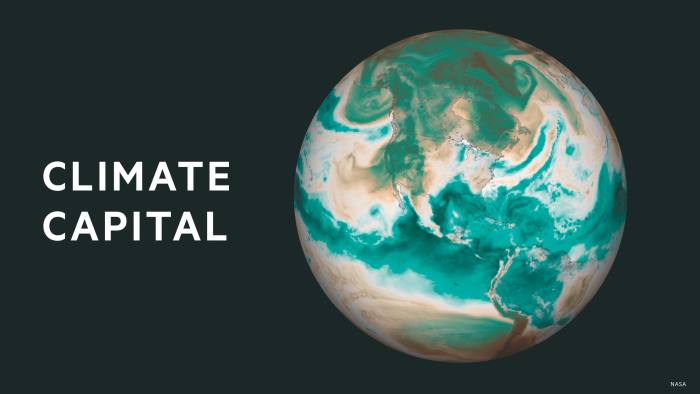The writer is a science commentator
The constant swirl of cold and damp can make for an early grave. More people expire in the winter than in warmer months due to an increase in heart attacks, stroke, respiratory disease (including Covid), flu, falls and hypothermia.
The approaching change of season coupled with the prospect of soaring energy costs prompted researchers to warn last week of an impending “public health and humanitarian crisis” as people struggle to heat their homes. Sir Michael Marmot, a health equity researcher at University College London, together with paediatricians Ian Sinha and Alice Lee at Alder Hey Children’s Hospital in Liverpool, wrote in the British Medical Journal that the health consequences will be felt not just by the elderly but also by the young, whose maturing respiratory systems may be impaired for life.
Without immediate political intervention (new prime minister Liz Truss has promised action on energy bills this week) the crisis threatens to escalate into an avoidable health emergency that will widen inequality and shorten lives. That would be unforgivable, given this comes on the heels of a pandemic which has already disproportionally hit the most vulnerable.
The association between cold weather and an increased risk of death is captured in the Office for National Statistics’ “excess winter mortality” figures. These compare the number of deaths over a winter period, from December to March, with those averaged over the two non-winter periods bookending it. In the 2020-2021 season, excess winter deaths numbered about 63,000 in England and Wales, a record high due to Covid. For the 10 years prior, the figure ranged between about 10,000 and 50,000.
Those may be undercounts: a recent climate analysis linking pre-pandemic death data between 2000 and 2019 to local temperature suggests that, in England and Wales, there was an average annual excess of 800 heat-related deaths and 60,500 linked to cold. Most of these happen in the over-75s. The heart must work harder in the cold, raising heart rate and blood pressure; changes in the blood itself can increase the risk of clots. The elderly are also more vulnerable to flu. Excess deaths are not restricted to sub-zero snaps: most happen when the outdoor temperature is between 4C and 8C, with risk rising as temperature falls.
Guidance from the UK’s National Institute of Health and Care Excellence advises heating homes to at least 18C. For people who live in the coldest 10 per cent of homes, it also notes, the death rate rises by about 3 per cent for every degree drop in outdoor temperature; in contrast, for those in the warmest 10 per cent of homes, it is closer to a 1 per cent rise per dropped degree.
While the old show cardiovascular stress, the young respond differently, says Sinha, who co-authored the BMJ article: cold air irritates the airways, causing wheezing and asthma attacks; chilly homes also increase the spread of viral infections that can progress to pneumonia, with repeat infections sometimes inflicting permanent respiratory damage. Worryingly, babies in cold environments use their energy to keep warm at the expense of developing healthy brain tissue, lungs and other organs, he tells me. That setback may not become apparent until later: longitudinal studies suggest that children with compromised lungs and airways are more likely to develop chronic disorders such as bronchitis and emphysema as adults. Allowing infants to shiver during this critical window of development is not only immoral but risks creating a time-bomb of respiratory ill-health.
Rising energy costs also place additional physical and mental health burdens on those least able to shoulder them. Low-income families are already more likely to live in cramped, poorly insulated housing in areas with high pollution. These factors, along with food poverty, collectively chip away at health: the children who attend Alder Hey’s respiratory clinic live in some of England’s most deprived postcodes. If levelling-up is a true Conservative aim, then the government has a duty to minimise these stresses, rather than compounding them by allowing warmth to become an unaffordable luxury.
The researchers favour a lowered energy price cap, funded by a windfall tax instead of tax cuts. Sinha said he could envisage doctors prescribing extra heating, as has been suggested, “but it would be much better for people to be able to pay their bills.”
Despite the scientific evidence that every degree matters, many families are now preparing to turn down the thermostat. If Truss wants to protect the health of the vulnerable, she must turn up her financial response without delay.
Climate Capital

Where climate change meets business, markets and politics. Explore the FT’s coverage here.
Are you curious about the FT’s environmental sustainability commitments? Find out more about our science-based targets here
Stay connected with us on social media platform for instant update click here to join our Twitter, & Facebook
We are now on Telegram. Click here to join our channel (@TechiUpdate) and stay updated with the latest Technology headlines.
For all the latest Health & Fitness News Click Here
